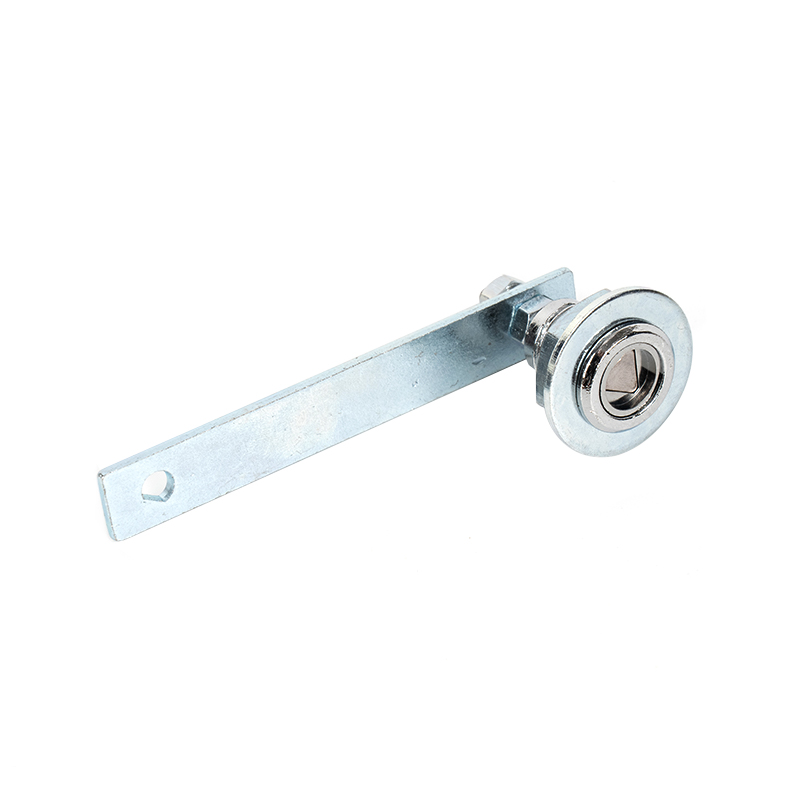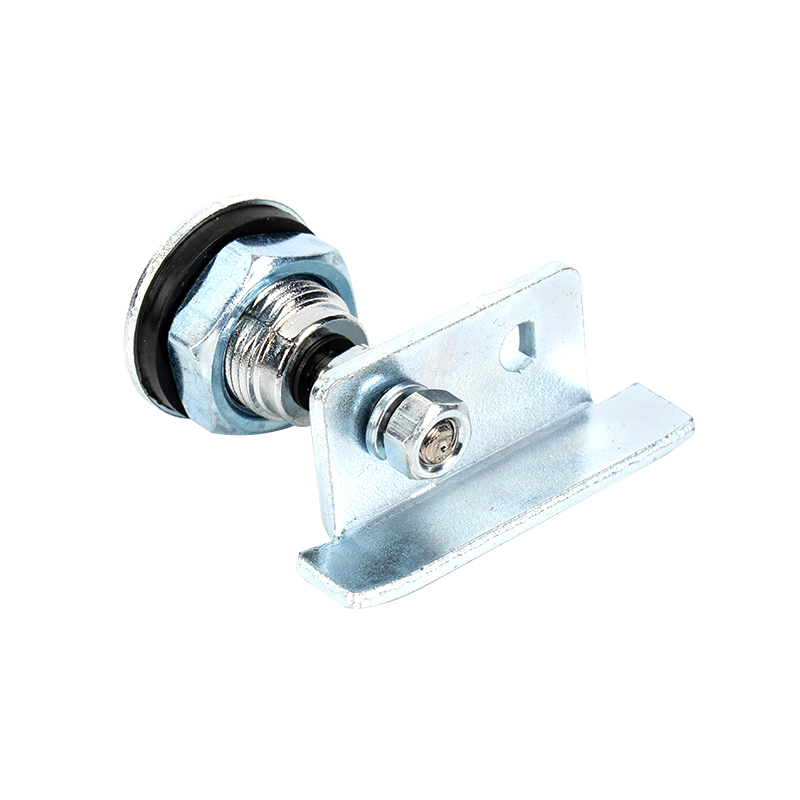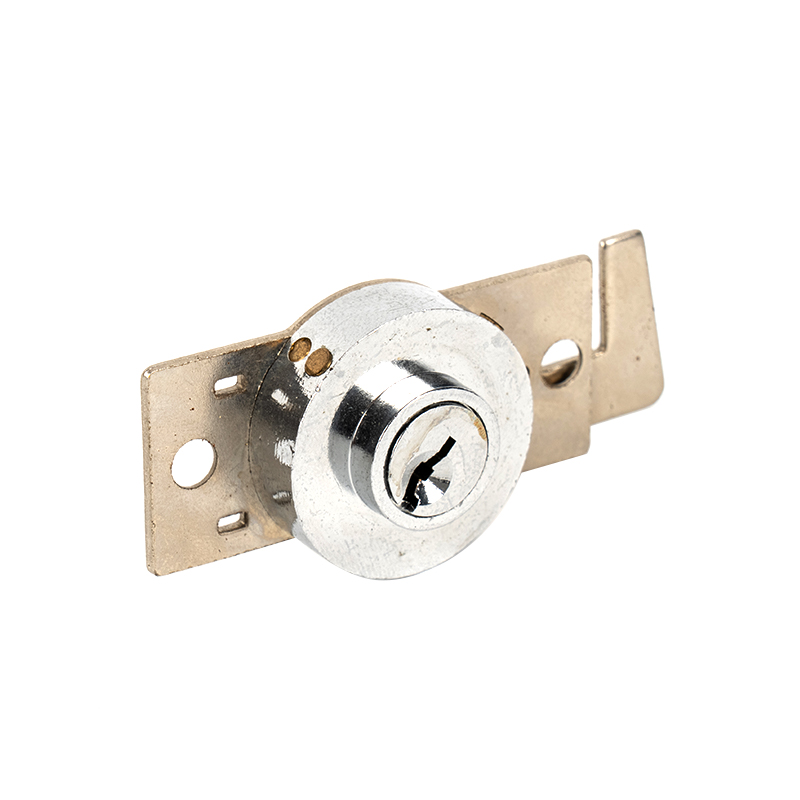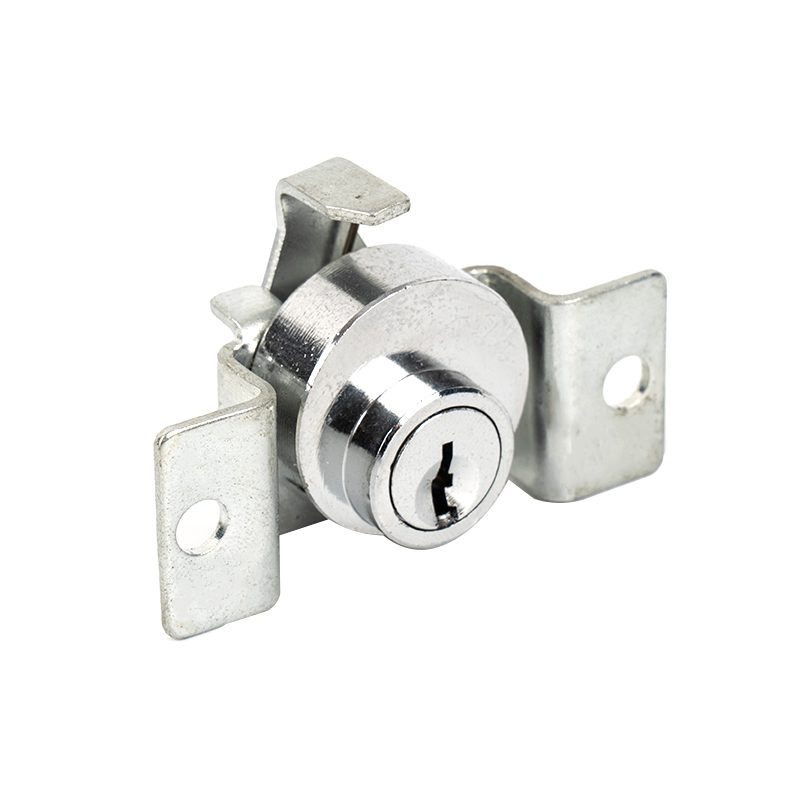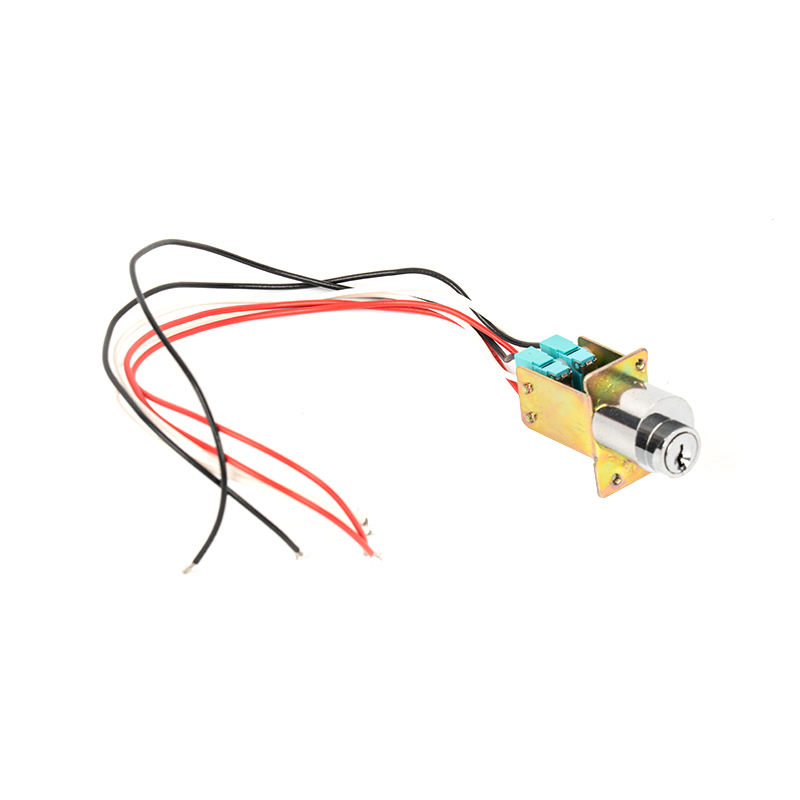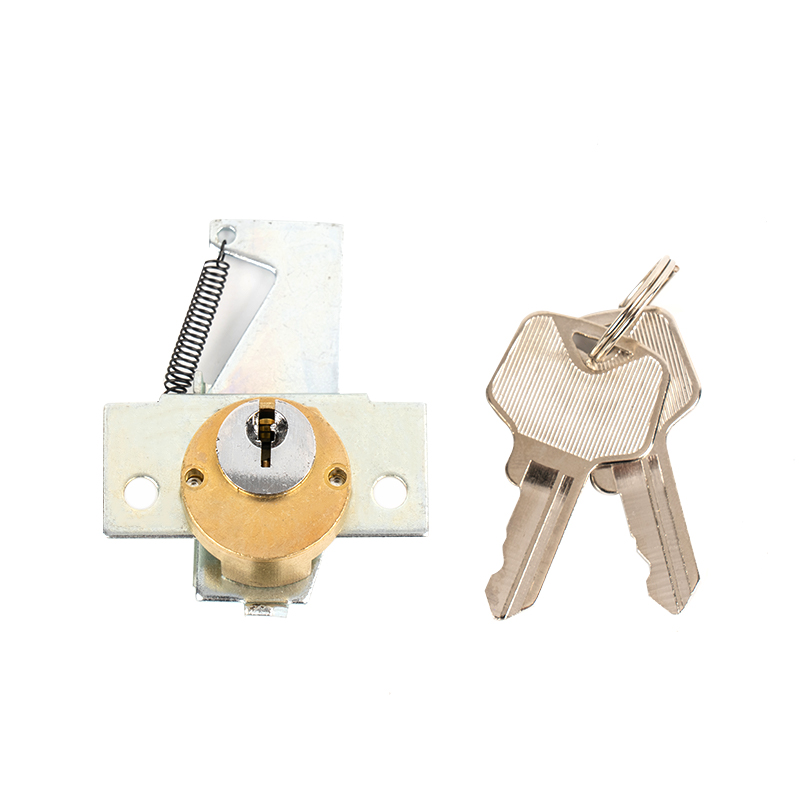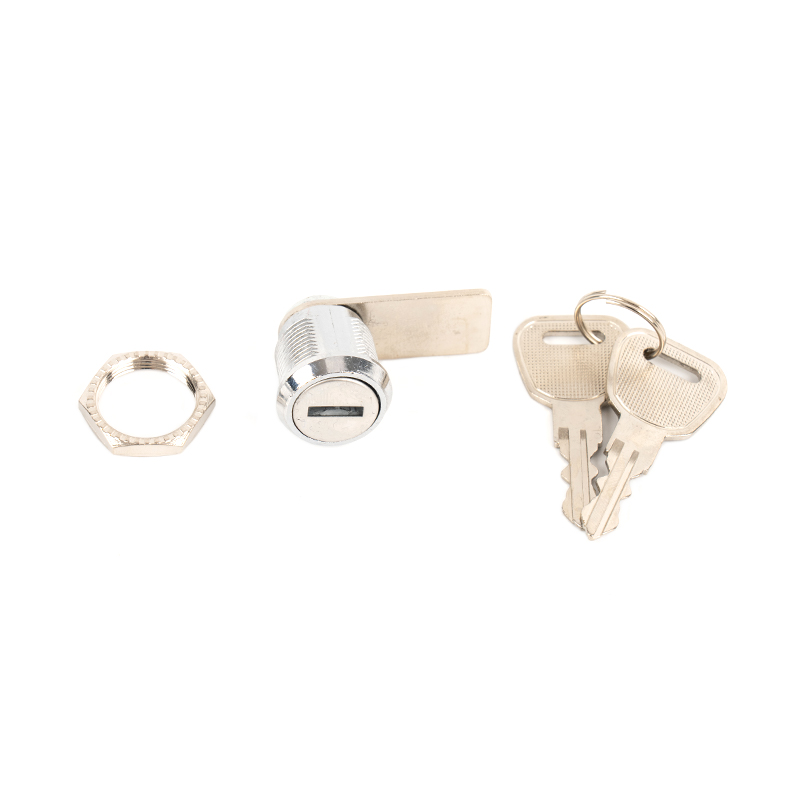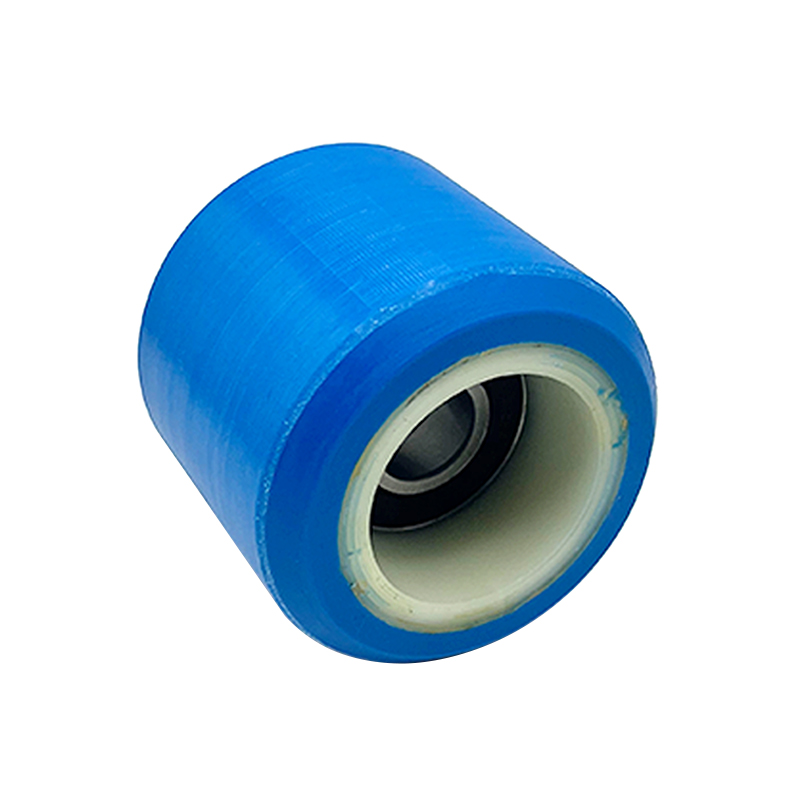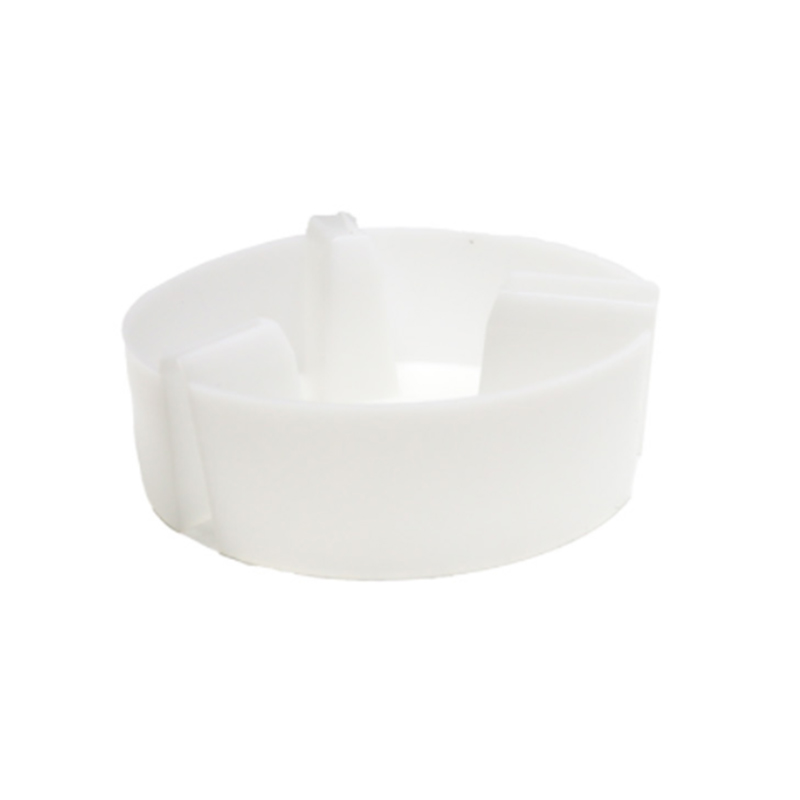- The key safety role of the triangle lock
Emergency rescue and maintenance entrance
The elevator triangle lock is the only external emergency unlocking device for the elevator floor door, designed for rescue and maintenance. When the elevator fails and people are trapped, the rescuers need to open the floor door with a triangle key and confirm the location before rescue. The position of its unlocking hole is strictly limited to 2.0 meters (door leaf installation) or 2.7 meters (door frame installation) from the ground to ensure the feasibility of operation.
Prevent unauthorized opening
Unlike ordinary door locks, the triangle lock must be operated by a certified professional, and the key is marked with a "professional use" warning. Ordinary door locks (such as household latch locks) do not have this restriction, and the special nature of the triangle lock avoids accidents caused by passengers falling into the well due to misoperation.
Linkage safety device
Some new triangular locks use a linkage mechanism. When the first triangular lock is opened, the linkage striker will trigger the electrical switch to ensure that the second lock is unlocked only in a safe state, preventing maintenance personnel from entering dangerous shafts due to negligence.
- Differences from ordinary door locks
|
Features |
Triangular lock |
Ordinary door lock |
|
Design purpose |
Emergency rescue, professional maintenance |
Daily anti-theft or privacy protection |
|
Unlocking method |
Special triangular key, one-way rotation mechanical engagement |
Universal key or password, two-way operation |
|
Safety standards |
Comply with GB/T 7588.1-2020, and require linkage with elevator control system |
No specific industry regulations |
|
Failure risk |
Unauthorized opening may result in falling into a well |
Usually only involves property damage |
|
Structural complexity |
Contains safety components such as linkage collision plates and limit switches |
Simple structure, no additional safety mechanism |
- Technical specifications strengthen safety
Installation and maintenance requirements
Triangular locks need to be regularly checked for wear and tear, and the keys are kept by a dedicated person and the usage process is recorded. There is no such mandatory management requirement for ordinary door locks.
Materials and processes
Triangular locks are made of hardened steel or aluminum alloy and are resistant to high-frequency operations; ordinary locks are mostly made of copper or zinc alloy and have lower strength.


 English
English 中文简体
中文简体
